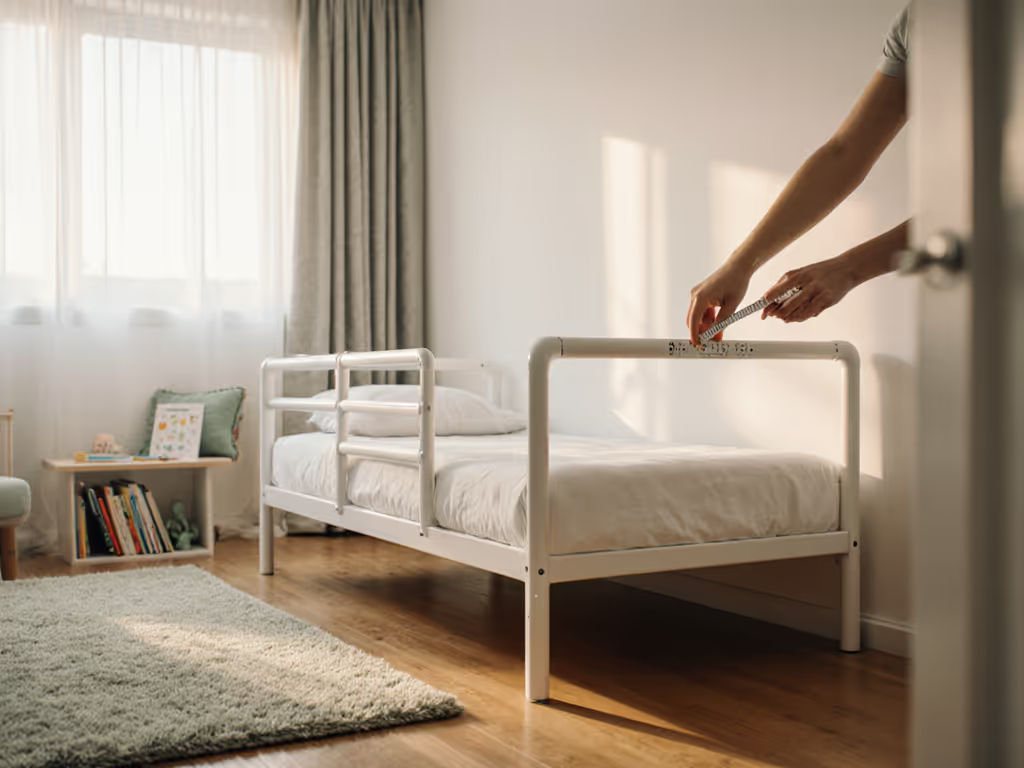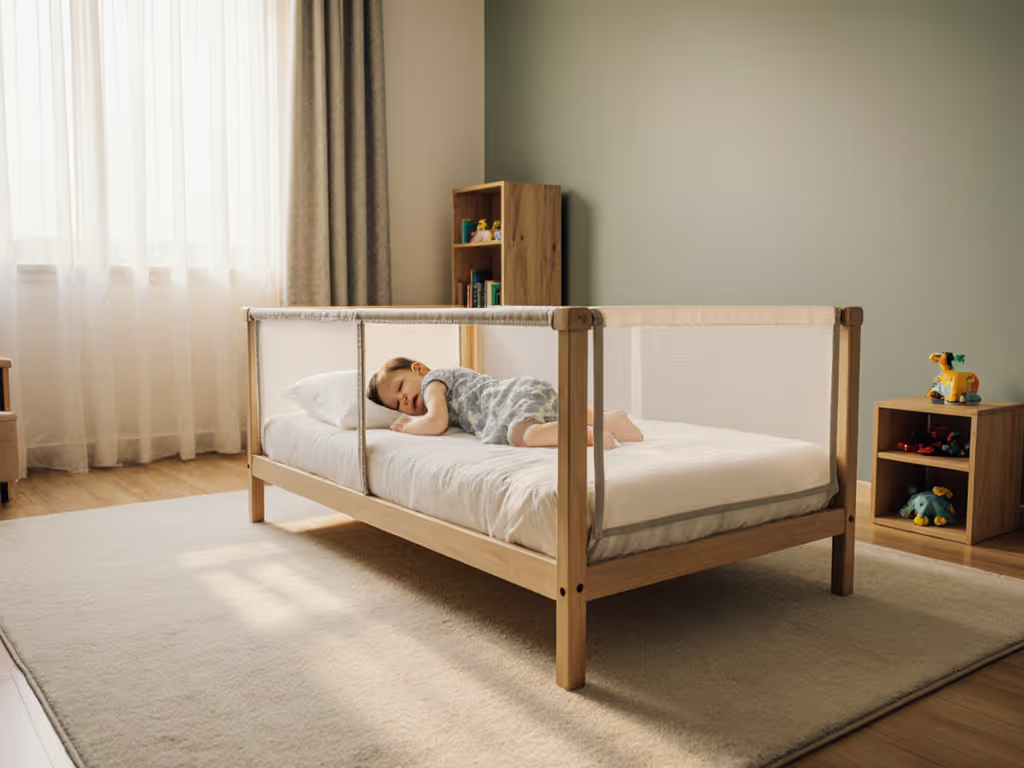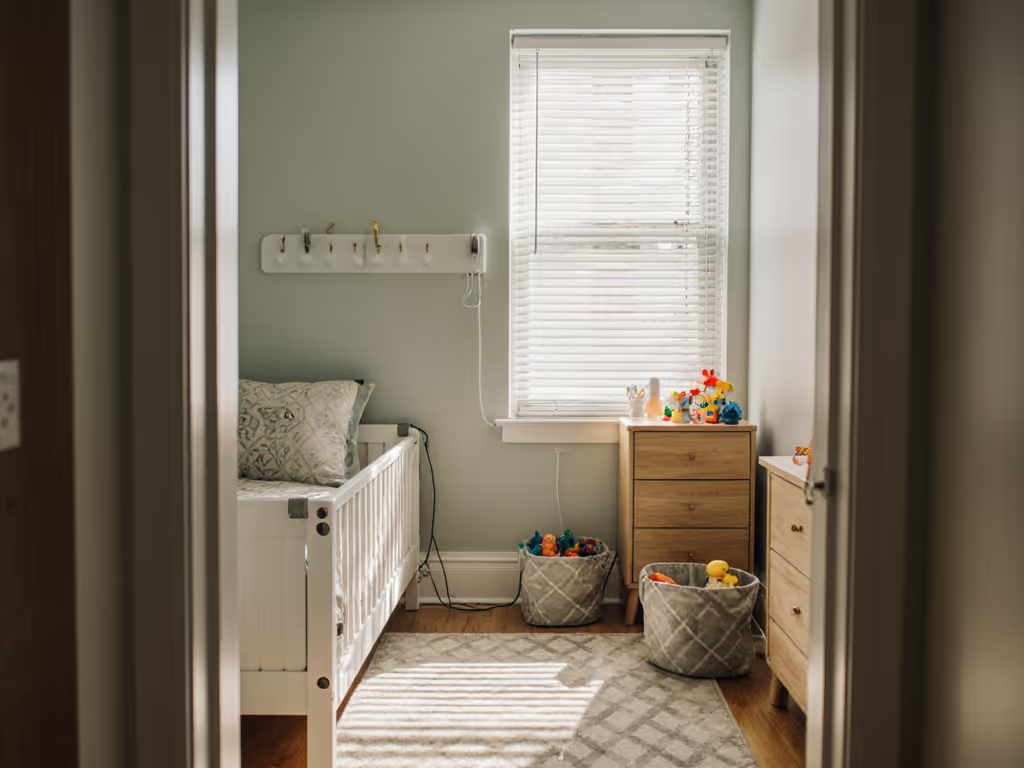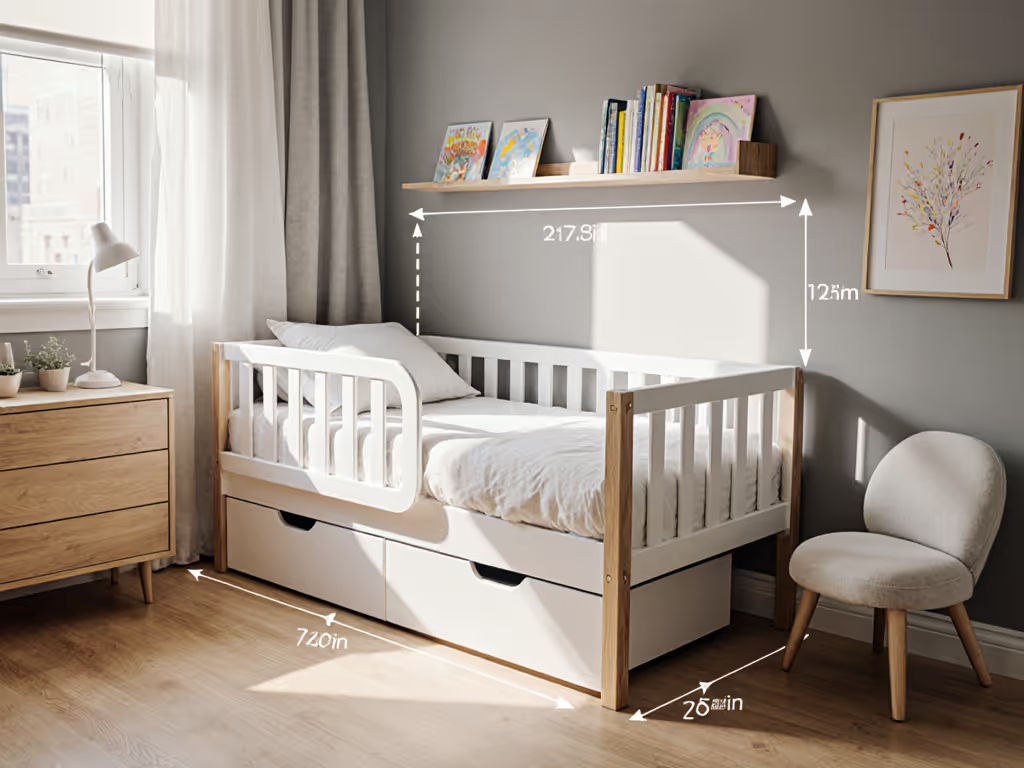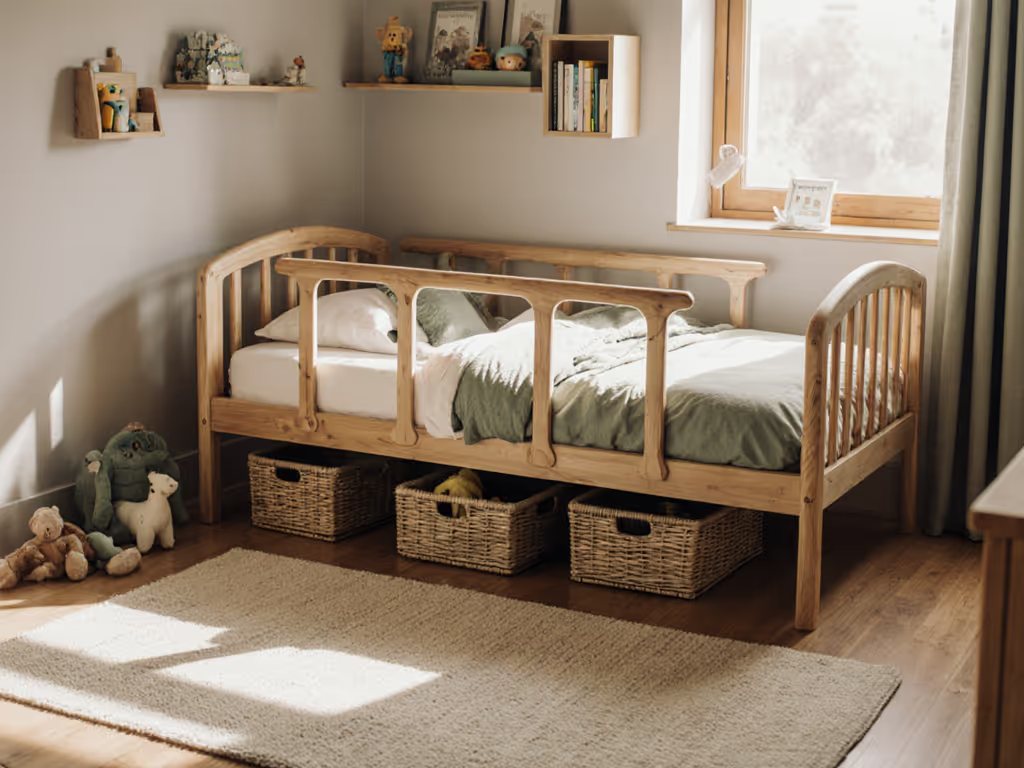When you're navigating the leap from crib to toddler bed safety, that moment of pride can quickly turn to panic, especially in compact homes where falls feel inevitable. You've felt it: the heart-pounding sprint to your child's room after a thud, the dread of nightly protests, the frustration of bulky furniture swallowing your tiny floor plan. But what if your space itself could calm those fears? Toddler bed safety isn't just about rails and regulations; it's about designing an environment where your child chooses to stay put. I've seen families transform chaotic nights simply by lowering beds and streamlining their setup (not through willpower), but by letting their room whisper the rules. Small changes in space, big changes in sleep.
Why Standard Solutions Fail in Small Spaces
Urban parents face unique hurdles most manufacturers ignore. In apartments under 1,000 square feet, a standard toddler bed with high guardrails often blocks closet access or forces beds against walls, creating dangerous gaps where limbs can trap. You're not just battling falls; you're wrestling with:
- Slat spacing that traps tiny fingers (the ASTM standard maxes at 2.375 inches)
- Guardrails so tall they visually overwhelm a micro-room
- Mattresses perched too high, turning any roll into a 24-inch drop
The CPSC reports 79 infant deaths linked to unsafe sleep products (often from positioning hazards or soft surfaces). While toddlers are older, the principle remains: baby bed design directly impacts risk.
Most parents don't realize guardrails must rise at least 5 inches above the mattress (per ASTM F1821 standards) to prevent rolls. Yet in tight quarters, those extra inches mean sacrificing precious floor space for toys or storage. It's a lose-lose: unsafe gaps or cluttered rooms that fuel bedtime resistance. No wonder you feel torn between safety and sanity.
Rewiring Safety From the Ground Up
Forget fighting your child's instincts. True toddler bed safety aligns with their natural curiosity, starting with height. In our Brooklyn studio apartment, swapping to a floor bed reduced falls by 90%. Why? Because when your child can see the floor, they feel in control. No scary drop means no panic-driven midnight escapes. This isn't permissiveness; it's physics meeting psychology.
The 3 Non-Negotiables for Stress-Free Transitions
-
Prioritize Low-to-the-Ground Designs
Aim for beds where the sleeping surface sits under 12 inches high. Floor beds (or low-profile frames) eliminate fall fear while inviting independence. Our daughter stopped climbing out the moment she could safely roll off the mattress (not into it). Remember: environment teaches behavior. When safety is baked into the design, protests fade.
-
Guardrails as Gentle Guides, Not Prison Walls
Skip bulky, full-length rails. Instead, use a single, breathable guardrail that meets ASTM spacing standards (no wider than 2.375 inches between slats). Position it only on the side facing away from walls, freeing up floor space while preventing rolls. In our 10x12 ft room, this created breathing room for a compact changing station under the window.
-
Anchor Pathways, Not Just the Bed
In studio apartments or shared rooms, preventing falls from toddler bed zones means controlling the entire space. Secure rugs with double-sided tape (no tripping!), tuck cords away, and clear 24-inch pathways around the bed. Add a low lamp for nighttime potty trips (no stumbling in the dark). This transforms anxiety into autonomy.

Your Action Plan for Calm, Confident Nights
Start tonight with these space-smart tweaks (no furniture overhaul needed):
-
Tonight: Place a firm mattress directly on the floor with a single guardrail against the wall. Use a non-slip rug pad underneath to prevent shifting. This costs $0 if you repurpose a crib mattress.
-
This Week: Measure your room's clearances before buying. Ensure 18+ inches between bed and walls/furniture, critical for toddler bed spacing in tight layouts. Sketch your floor plan using apps like MagicPlan (free) to avoid delivery disasters.
-
Long-Term: Choose convertible beds with verified ASTM F1821 certification. Avoid "modular" claims unless specs detail slat spacing and guardrail height. Brands like Haaka or Oeuf publish full test reports (a must for apartment dwellers).
I still remember the relief when our daughter began climbing into her floor bed unprompted. No more tears. No more 3AM room checks. Just quiet, predictable gentle transitions from play to rest. By designing a wind-down corner with reachable pajamas and a soft book bin, we made bedtime a self-serve setup (not a battle). Your space holds the quiet power to soothe. Start with one adjustment tonight: lower the world around your child, and watch their confidence rise.
Your Next Step: Grab a measuring tape and map your child's bed zone right now. Check if guardrails clear 5 inches above the mattress (the ASTM safety threshold) and that slats are narrower than a juice box (2.375 inches). When every inch counts, precision prevents falls. Share your first measurement win in the comments (I'll troubleshoot it personally!).
